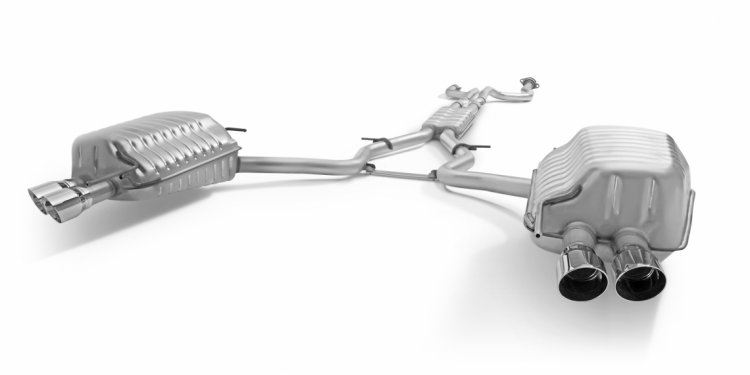
What does emissions control system light means?
When your car's "Check Engine" light comes on, it's usually accompanied by a sinking feeling in the pit of your stomach. The light could mean a costly problem, like a bad catalytic converter, or it could be something minor, like a loose gas cap. But in many cases, it means at minimum that you'll be visiting the car dealer to locate the malfunction and get the light turned off.
The Check Engine light — more formally known as the Malfunction Indicator Lamp (MIL) — is a signal from the car's engine computer that something is wrong. The car dealer's service department can diagnose the problem for about $75. But there's a way to preview what the problem might be.
Prior to 1996, carmakers had their own engine diagnostic systems, primarily to ensure their cars were compliant with Environmental Protection Agency pollution-control requirements. Starting with model-year 1996, automakers standardized their systems under a protocol called OBD-II, which stipulated a standardized list of diagnostic trouble codes (DTC) and mandated that all cars provide a universal connector to access this information. It's usually located under the steering column and is easy to access.
Deciphering the Code
Do-it-yourselfers can buy inexpensive code readers that connect to this standardized onboard diagnostics (OBD) port and search for the code's meaning on Web sites such as Engine Light Help. The Check Engine light can even be turned off by some code readers, even though this action alone does not actually repair the underlying problem. In many such cases the light will simply come back on later.
Experts say that many drivers confuse the "service required" light on the gauge cluster for the Check Engine light. These warning lights are unrelated. The service required light just means the car is due for an oil change or other routine maintenance. It is not the indicator of trouble that the Check Engine light is.

















